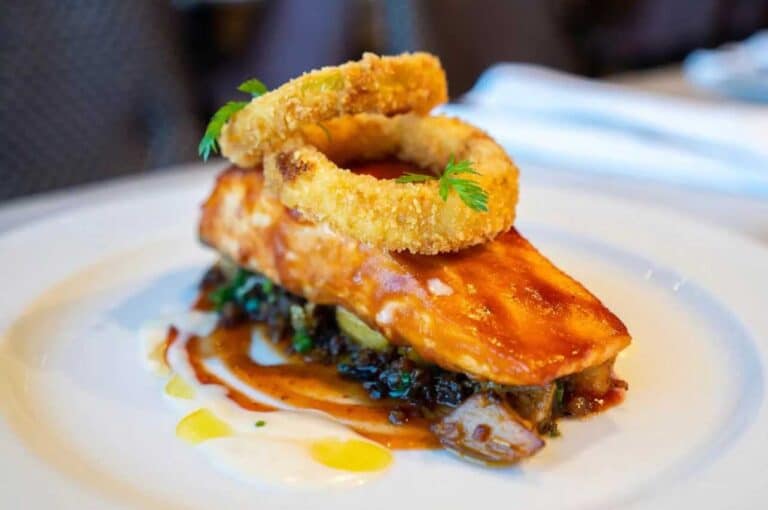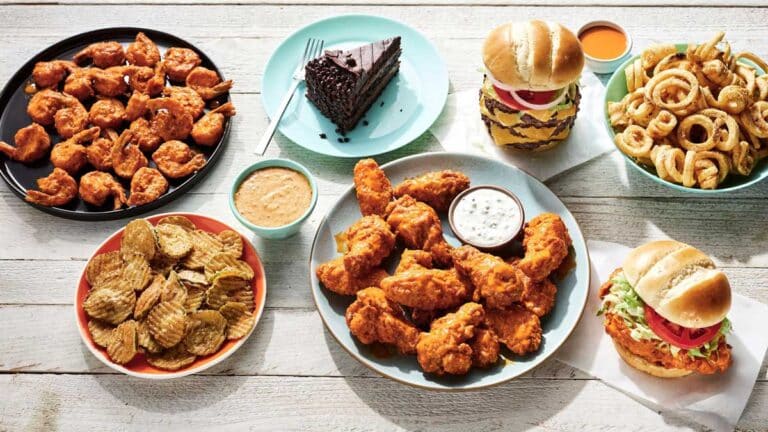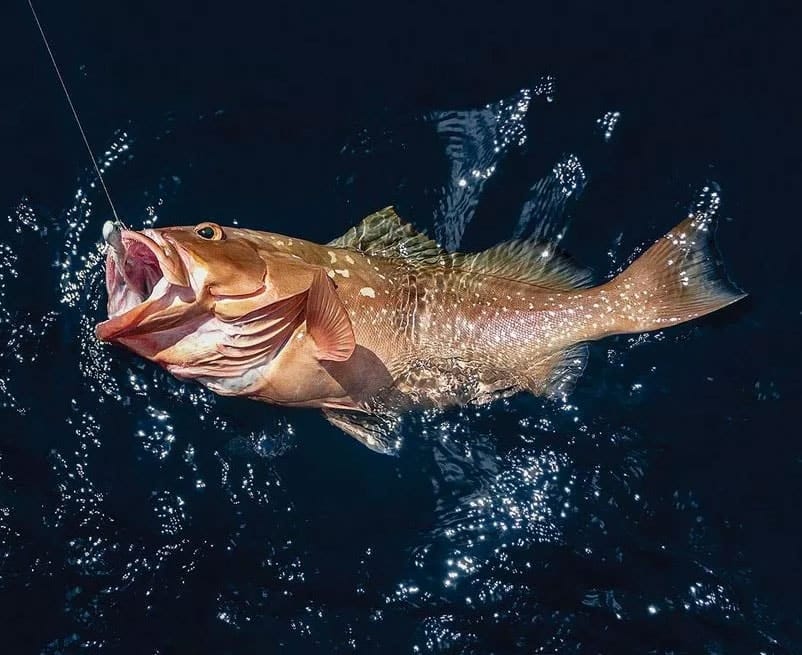
Capt. Mike Adams maneuvered the Jupiter 34 into position and gave the word to drop anchor. The moment the anchor rode went taut the four of us sent baits to the bottom and all the rod tips went skyward. A fat mutton, a mangrove and a pair of lane snapper cleared the gunwales minutes later.
Desired Topography
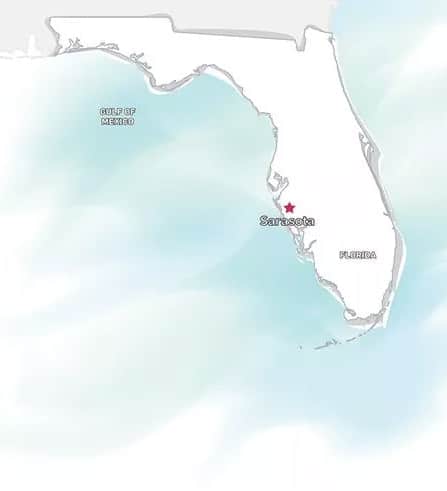
We were a good 30 miles off Sarasota, Florida, nowhere near a wreck or artificial reef. The fish-finder screen showed only some jagged, hard bottom and a number of marks right above it, evidence that the spot held fish. In the Gulf, where the bottom is mostly flat and sandy, any structure attracts bottomfish, like snapper and grouper, and pelagics, like amberjacks, almaco jacks, barracuda and cobia. But the location is also important because the structures that harbor the bigger fish are generally found farther offshore.
While there were several wrecks and artificial reefs considerably closer to port, Adams opted to keep going and instead fish over natural, hard bottom in 100 feet of water. “I usually find a variety of bottom dwellers out here,” he explained, “and these fish don’t get hammered.”
No Chum Required
A loud grunt came from the starboard corner of the cockpit, and I turned to see another member of our crew — knees bent and firmly jammed against the transom coaming — doing his best to subdue what, judging by the deep bend on his rod, seemed bigger than our initial round of snapper. For a minute or two, the fish pushed the medium spinning gear to its limits, but everything held, and he managed to turn the 8-pound red grouper and put it on ice.
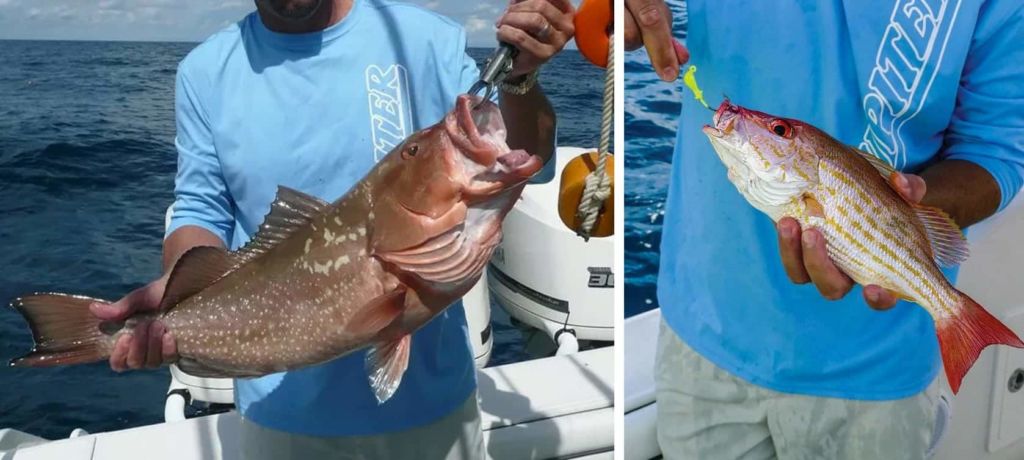
Knocker rigs with chunks of sardines, and jig heads with Fishbites were doing a more than adequate job, hooking keeper snapper and grouper on every drop. Seeking larger fish, I made a butterflied ballyhoo plug, cutting the head and tail off the bait, and butterflying it before dropping it to the bottom. I fluttered the bait enticingly. The rat-a-tat of small fish pecking at the ballyhoo plug came quickly, but soon after ensued a heavy jolt that called for a vigorous response. I set the hook hard and went into pumping mode. My steady pull brought the fish away from the bottom, so the tug of war continued away from potential break-offs, and an 11-pound red grouper soon floated behind the boat.
The rest of the gang contributed another grouper and several mangrove snapper to the morning’s catch. Amazingly, we never chummed. We just kept dropping our baits, and the bites came fast and steady.
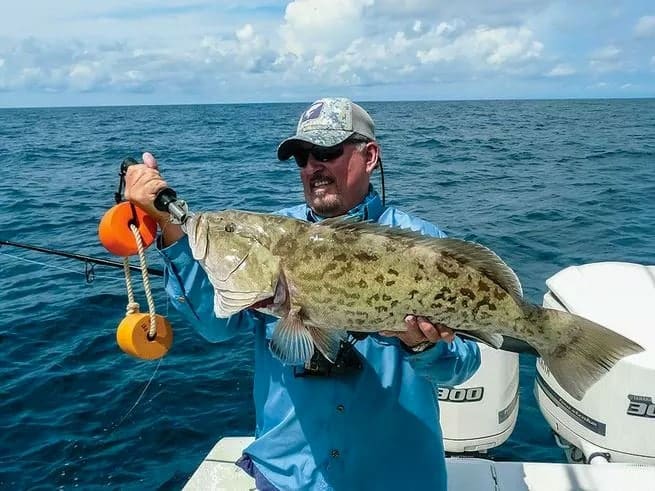
Get the Drop
The light wind and current pushing nearly in the same direction most of the morning kept the anchored boat from pivoting too far from the good bottom and its ravenous inhabitants, and provided enough of a drift to present our baits in a natural manner, covering a larger swath down-current. When the wind picked up and changed direction, making it harder to stay on top of the fish, we were forced to reposition a couple of times. That’s when everyone tied on bucktail jigs, let them fall to the bottom, and began erratic retrieves. The change in tactics paid off, and all were rewarded with chunky red grouper.
Still jonesing for bigger game, I considered dropping another butterflied ballyhoo plug, but instead upped the ante, pelting the surrounding area with a 6 1/2-inch Tsunami Deep Shad, plucking a pair of nice reds in the process. Encouraged by the results, I continued yo-yoing the big swimbait straight off the transom, and half a dozen casts later, a hefty gag grouper pounced on it. The 20-pound spinning tackle I was using made things a bit too sporty for comfort, but the reel loaded with braid was somewhat reassuring, and the drag eventually drained the fight out of the dogged 16-pound brawler.
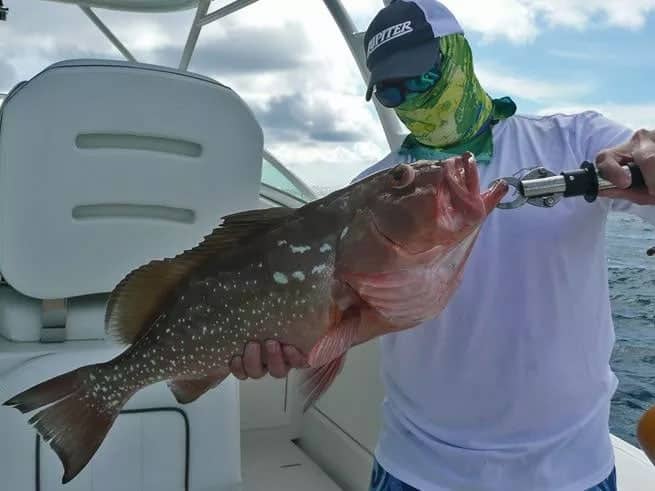
Anchoring Versus Drifting
When you frequent a number of bottomfishing locations on a regular basis, and you’ve had ample opportunity to dissect them and pinpoint their sweet spots, anchoring produces the most consistent results. Otherwise, drifting baits while keeping tabs on your fish finder allows you to scout a structure and its surroundings to mark where the resident fish tend to hang out.
Drifting is the easier option. If you have the coordinates or, better yet, the spot marked on your plotter, figure out the effect of the wind and current and position the boat for a drift over or alongside the structure. If you’d rather anchor, take into account the way your boat will drift, how far away from the structure you need to drop anchor, and how much rode to let out to end up in the perfect position to send baits down to the fish. When the wind or the current is strong, baits drift a considerable distance before reaching bottom, requiring you to anchor well ahead of the structure to fish it effectively.
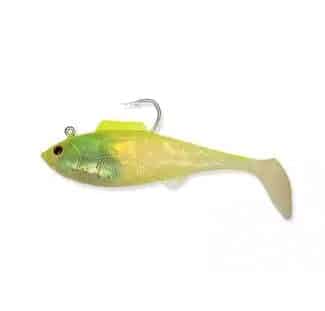
Seasons and Species
Our trip took place in October, but bottomfishing off Sarasota remains productive all year, as is the case off most of Florida’s Gulf coast. Red grouper spawn in April and May, so expect them to congregate in larger numbers then. Gag grouper go shallow in winter and spring. Then, many of the fish you usually catch in 50 to 100 feet of water move to depths of 20 to 30 feet, where they are susceptible to trolled deep-diving plugs. Mangrove snapper, available year-round in spots as shallow as 10 or 15 feet, spawn in the Gulf during late summer, and the big spawners prefer depths of 50 to 70 feet. If it’s black grouper you’re after, you’ll find more and bigger specimens in depths closer to 200 feet. Check current regulations for closed seasons before you go
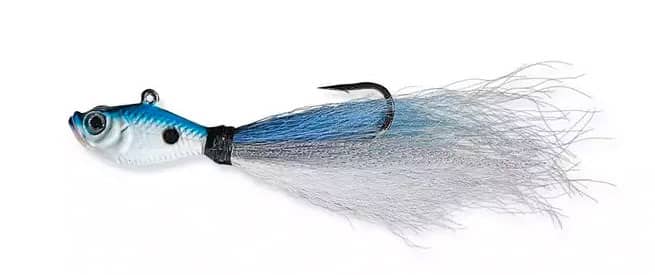
Long-Range Ready
The payoff of lengthy treks in the Gulf can be spectacular, but you should be prepared for the unexpected. Make sure your electronics are working properly (take a backup VHF radio and plotter or GPS, if possible), carry extra food and water, monitor the weather forecast not only before you leave but periodically while out on the water, and leave a float plan with friends or family.
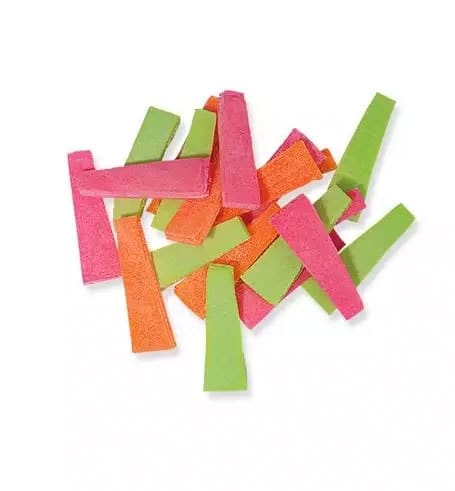
Planner
What: Various groupers and snappers
Where: Florida’s central Gulf Coast
When: Year-round
Who: The following charter captains know where to find great bottomfish action.
Sarasota, Florida
Capt. Bob Breton
flafishingcharter.com
941-276-5987
Venice, Florida
Capt. Ed Johnson
fish-factor.com
941-321-1567
Tackle Box
Rods: 20- to 30-pound spinning for snapper and small grouper; conventional 30- to 50-pound for medium grouper, 50- to 80-pound for big grouper
Reels: Matching size spinning or conventional
Line: 20- to 30-pound braid for snapper and small grouper, 50- to 100-pound braid for big grouper
Leader: 20-pound mono for small snapper, 30-pound for big snapper and small grouper, 50- to 100-pound for big grouper
Hooks: In-line circle hooks, 1/0 to 3/0 for snapper, 4/0 to 8/0 for grouper
Bait: Chunks of sardines, herring, ballyhoo, squid; live pilchards or pinfish for big grouper and snapper
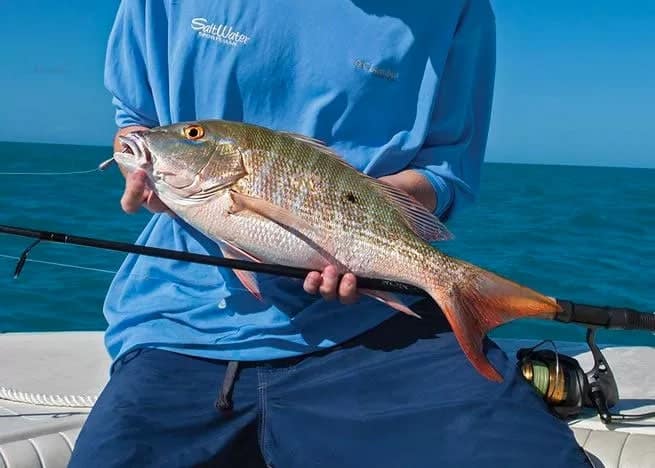
Fast Facts for Success
Go Hard: Just about any hard bottom or structure in the Gulf of Mexico holds bottomfish.
Deep Thoughts: The deeper the hard bottom or structure, the larger and more abundant the bottomfish.
Dead or Alive: Oily baitfish attract more fish and get more bites. Liveys and lures often entice the bigger, wary fish.
This article originally appeared on our sister site, Salt Water Sportsman, on September 21, 2017.

